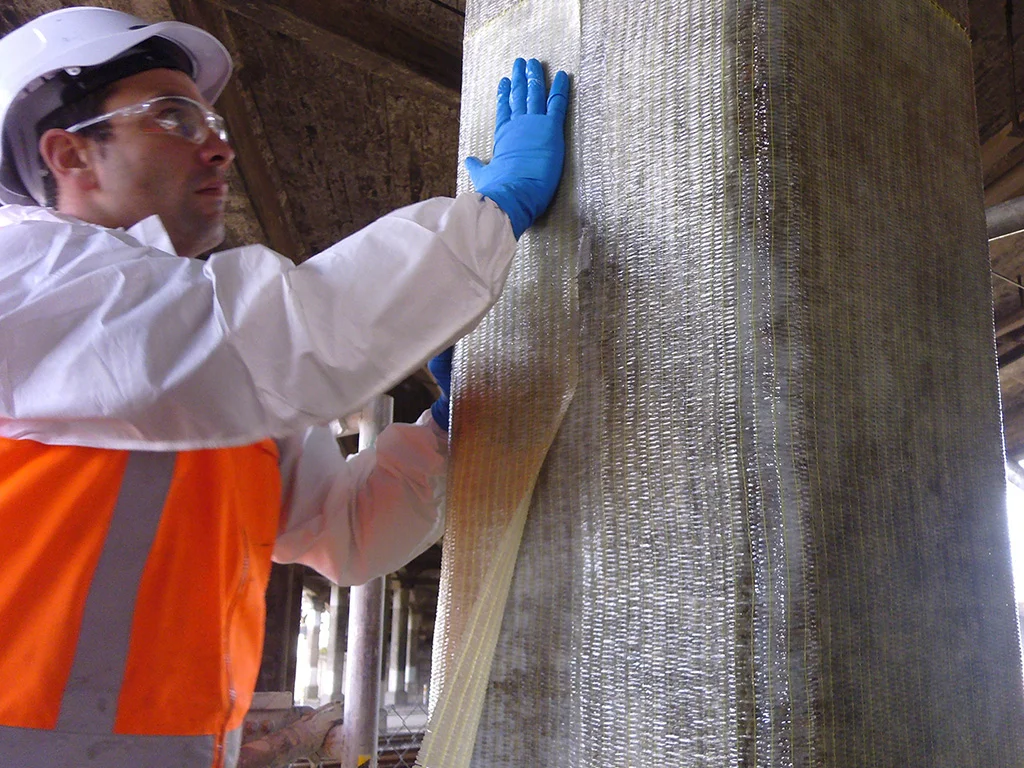FRP Design in Christchurch: Load, Flexural & Shear Considerations for Structural Engineers


Fibre-reinforced polymer (FRP) systems offer a reliable solution for strengthening and retrofitting concrete structures in Christchurch, especially in response to seismic demands. Local engineers face unique conditions where load, flexural, and shear factors must be balanced carefully to ensure both safety and durability. Failures can occur if the interaction between these elements is not rigorously evaluated.
Understanding the practical implications of FRP design is crucial for structural engineers working in the Christchurch region. This guide explores key design considerations, code requirements, and application techniques that influence the successful integration of FRP in real-world projects.
Why FRP design matters in Christchurch
Christchurch’s unique seismic context and infrastructure challenges require solutions that improve structural resilience and efficiency. Fibre Reinforced Polymers (FRP) offer distinct advantages in both strengthening existing buildings and designing new ones.
FRP excels at raising capacity in critical elements like beams, columns, and shear walls without adding significant weight. Its use helps bridge the gap between original designs and modern seismic requirements.
FRP as a retrofit and new design solution post-quake
Since the 2010–2011 earthquake sequence, retrofitting has become a major priority in Christchurch. Designers seek materials and methods that minimise disruption while maximising performance.
FRP advantages:
Lightweight
Reduces the risk of overloading foundations.
Corrosion resistant
Ideal for damp, damaged environments.
Versatile installation
Applied to a wide range of surfaces and geometries.
Engineers use FRP to confine columns, strengthen beams, and provide extra shear capacity. In new construction, FRP makes it easier to achieve high earthquake performance with streamlined detailing.
Local challenges for FRP design in Christchurch
Canterbury’s climate, soil conditions, and history of strong earthquakes affect the choice of materials for construction and rehabilitation.
Exposure to moisture and alkali environments accelerates deterioration in traditional reinforcement. FRP’s resistance to these factors makes it suitable for local bridges, heritage buildings, and school upgrades.
Load-bearing design with FRP
Effective load-bearing design in Christchurch using FRP involves careful analysis of both structural demands and the region’s environmental factors. Engineers must consider seismic activity, temperature shifts, and moisture exposure for safe and durable application.
Best practices for static and dynamic loads in Christchurch buildings
Seismic risk in Christchurch makes it critical to design FRP elements for both static (e.g., permanent building weight) and dynamic (e.g., earthquake, wind) loads. Engineers should reference New Zealand standards such as NZS 3101 and NZS 1170 for load definitions and design criteria.
Looking to upgrade or design concrete structures with FRP in Christchurch? Contact Concrete Solutions for expert consultation.
Need assistance to diagnose your problem?
Call us to discuss your project.
Contact Concrete Solutions®
The Concrete Solutions® team travel far and wide to deliver specialist repair services nationwide. Get in touch with your local hub today to discuss your project.

